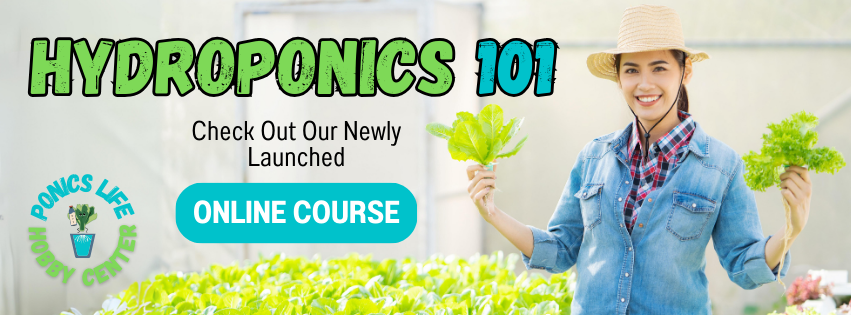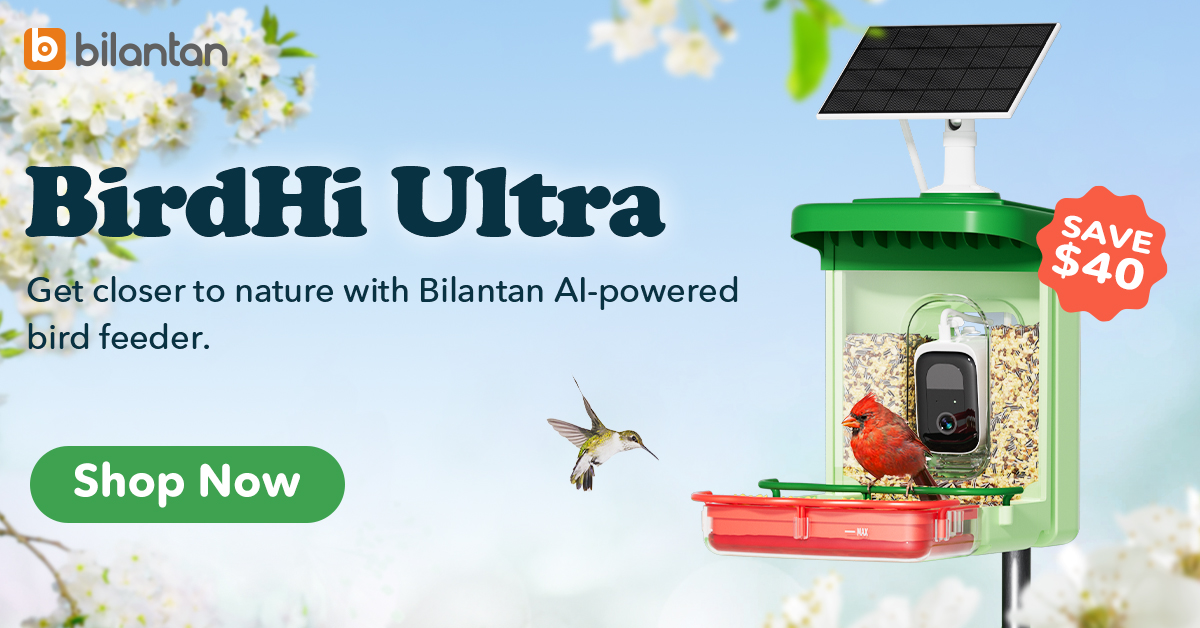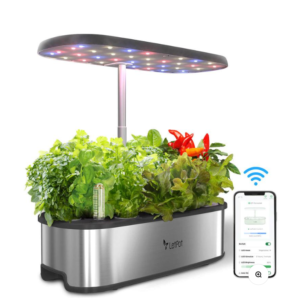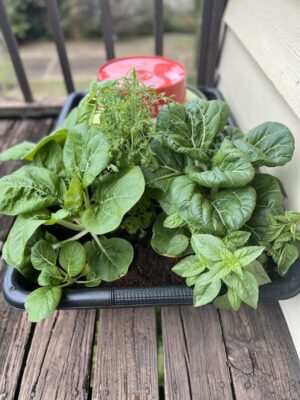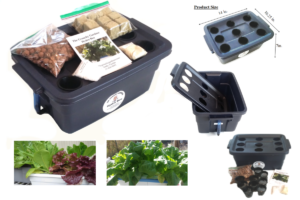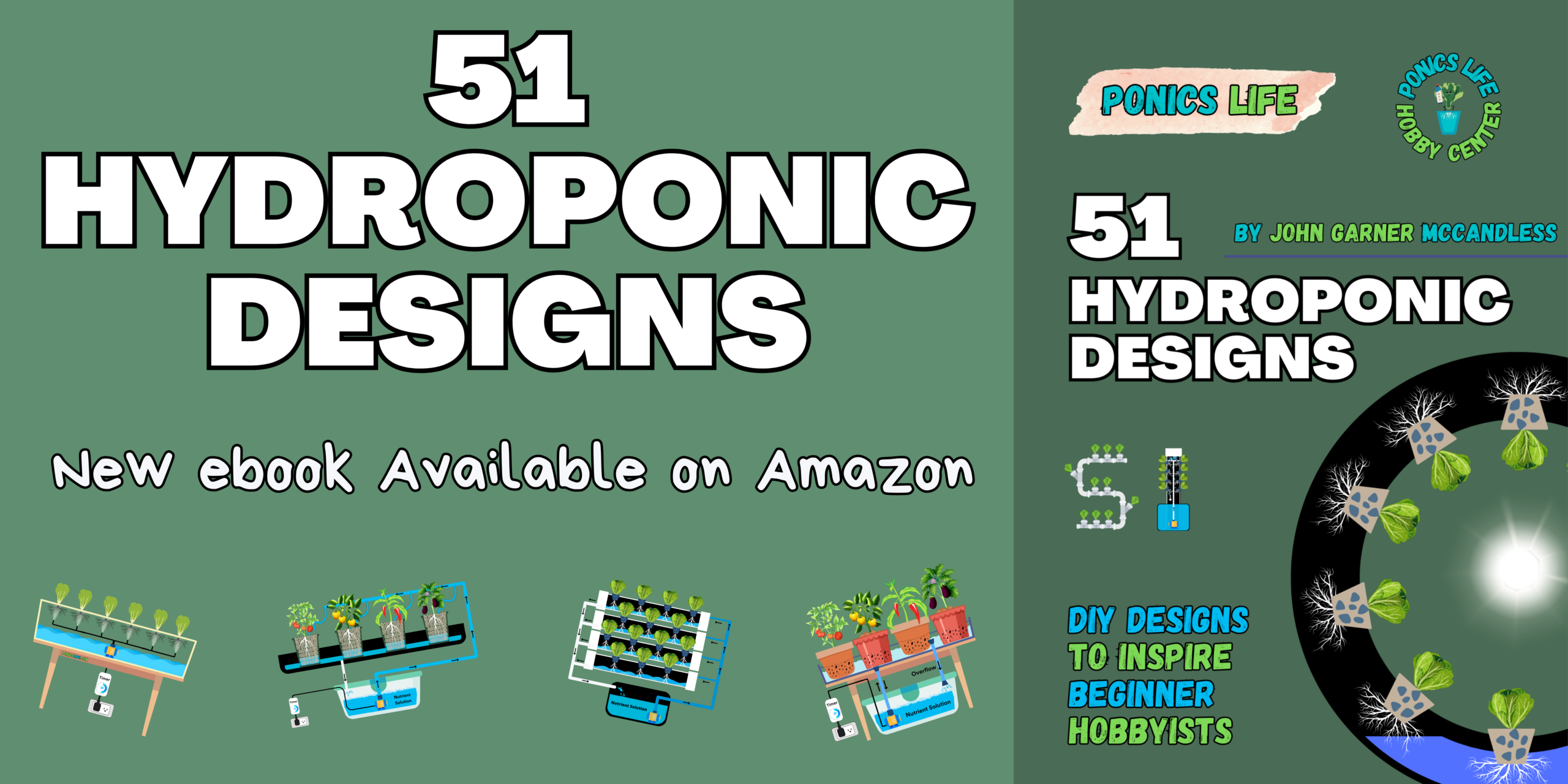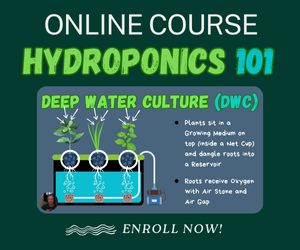Description: Anise hyssop (Agastache foeniculum) is a perennial herb native to North America, known for its aromatic leaves that smell like anise or licorice. It grows upright to about 3-5 feet tall and 1-3 feet wide, with dense, showy flower spikes that attract pollinators. This plant is often used in herb gardens, borders, and pollinator gardens.
Flower Varieties: The flowers of anise hyssop are typically purple to lavender, blooming from midsummer to early fall. Some cultivars may offer variations in color intensity and bloom size, enhancing garden aesthetics (varieties include Blue Blazes, Blue Fortune, and Golden Jubilee).
Identification
Anise Hyssop
Common Name: Anise Hyssop
Other Names: Hyssop (but may have informal, hyperlocal names as well)
Scientific Name: Agastache foeniculum
Life Cycle: Perennial
Area of Origin: North America
USDA Plant Hardiness Zones: 5a, 5b, 6a, 6b, 7a, 7b, 8a, 8b, 9a, 9b
Flower Facts
Anise Hyssop
Color: Blue, Purple/Lavender
Bloom Time: Fall, Summer
Qualities: Showy, Long Bloom Season, Good Cut, Edible
Attracts: Butterflies, Bees, Hummingbirds, Songbirds
Flower Petals: 2-3 rays/petals (with a lipped, tubular shape)
Flower Size: 3-6 inches (dense whorls around the spike)
Plant Care
Anise Hyssop
Light: Dappled Sunlight, Full Sun, Partial Shade
Soil Texture: Shallow Rocky, Loam (Silt), Sand
Drainage: Good Drainage, Moist, Occasionally Dry
Starting Seeds: Start seeds 5-8 weeks before the last frost
Grow in: Gardens, Containers, Hanging Baskets
Has Resistant to: Deer, Disease, Rabbits, Insects
Anise Hyssop Care
Plant Care: Anise hyssop prefers well-drained, rich, loamy conditions, but it can still thrive in poor soil. Regular watering during dry periods ensures healthy growth, but the plant is drought-tolerant once established. Mulching helps retain soil moisture and suppresses weeds. Fertilizing in spring promotes vigorous growth.
Light: This plant thrives in full sun but can tolerate partial shade. For best flowering and growth, ensure it receives at least 6 hours of direct sunlight daily.
Watering: Water anise hyssop regularly, especially during dry spells, to maintain moist but not waterlogged soil. Established plants are somewhat drought-tolerant but benefit from consistent moisture.
Climate: Anise hyssop is hardy in USDA zones 5a, 5b, 6a, 6b, 7a, 7b, 8a, 8b, 9a, 9b, tolerating cold temperatures during the winter. It can withstand light frosts but may require protection in extreme cold.
Pruning: Prune back in early spring to remove dead or damaged stems and encourage new growth. Deadheading spent flowers can prolong the blooming period and prevent self-seeding.
Seed vs Propagation: Anise hyssop can be grown from seed, which should be sown in early spring. It can also be propagated by division or cuttings in spring or fall, which ensures faster establishment and growth.
Pests, Diseases, and other Issues: Anise hyssop is relatively pest-free but can occasionally suffer from root rot in poorly drained soils. Watch for powdery mildew and rust, especially in humid conditions. Good air circulation and proper spacing help prevent these issues.
Edible Considerations: The leaves and flowers of anise hyssop are edible and can be used in a variety of culinary applications. They add a sweet, licorice-like flavor to salads, teas, and desserts. The flowers can be used as a garnish, while the leaves are often brewed into herbal teas or used to flavor baked goods. However, it’s always advisable to avoid ingestion by young children or pets without proper identification and guidance. Use organic gardening practices to avoid pesticide residues on the plant.
Anise Hyssop in Hydroponics
| Can be grown in Hydroponics and Aquaponics | Yes |
| Difficulty | Easy |
| Indoor or Outdoor | Both |
| Edible Flowers | Yes |
FAQs
Where did this information come from?
The primary source of information for this article came from the North Carolina Extension Gardener Plant Toolbox.
Is there a big list of edible flowers?
Yes, you can find out which flowers are edible by reading Edible Flowers: A Complete List. The list includes identification, name, flavor, flower color, common uses, and other important considerations.
I’m interested in growing flowers hydroponically. Is there somewhere I can go to learn more?
Yes, you can download our free guide below or enroll in our online course, Hydroponics 101. You can also read and explore our big list of hydroponic designs on Amazon with 51 Hydroponic Designs: DIY Designs for Beginner Hobbyists.
